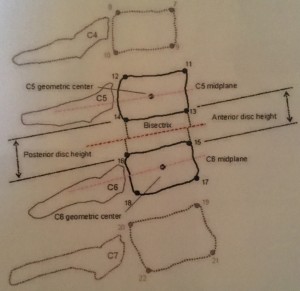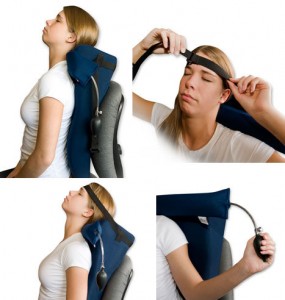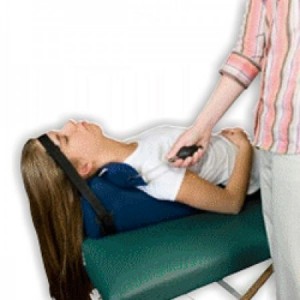A brief critique of FMS (Functional Movement Screen):
Anoop Balachandran MSc (ex):
“Why should mechanical stress caused by “faulty movement patterns” always “lead to microtrauma & injury” as proposed by systems like FMS? Why can’t tissues just positively adapt and get stronger just like a normal biological tissue? IF indeed faulty movement patterns were the cause of injury, all those cerebral palsy patients, stroke victims, neurologic disorders and amputees (who run faster than most of us) should be in complete pain. Many double amputees have no particular pain. The compensations and asymmetries are 100% in these amputees and though we think they should be crying out loud in pain they continue to run around. Maybe that movement pattern is “ideal” for them and their tissues have simply adapted to it”.
And on spinal stenosis and Degeneration (MRI diagnosis):
- Haig AJ et al. Spinal stenosis, back pain, or no symptom at all. Arch of PT med & rehab Jul;87 2006
- Brinjiki W et al. Systematic review of imaging features of spinal degeneration in asymptomatic populations. JNeuroradiol Apr;36(4) 2015
- The radiologic and clinical assessment of 150 patients found NO correlation between patient evaluation and MRI findings. The impression obtained from an MRI scan does not determine whether stenosis is a cause of pain. Since MRI does in fact identify narrowing of the spinal canal, and this has been the whole basis of diagnosing stenosis with MRI, these results also strongly imply that a narrowed spinal canal does not (alone) cause the pain.
- MRI findings of spine degeneration are present in high proportions of asymptomatic individuals, increasing with age. Many imaging-based degenerative features are likely part of normal aging and unassociated with pain.




